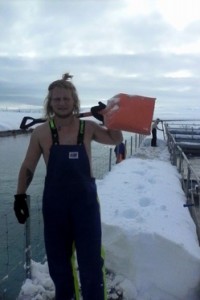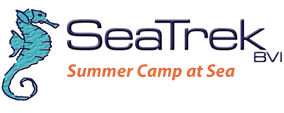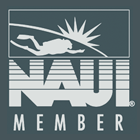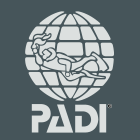“Nature made the rules. Our job is to observe and learn.”
In the heart of New Zealand’s South Island lies the tiny town of Twizel. 290 km from Christchurch and 200 km from Queenstown, the settlement with a rough population of 1,200 people is quite unassuming to most. However, to those who harbor an interest in aquaculture and fish farming it is the powerhouse of New Zealand King Salmon (otherwise known as Chinook Salmon) farming. Set in the shadow of the country’s highest mountain, Mt. Cook, the pristine glacial waters provide an unrivaled and unique environment for rearing some of the world’s highest quality salmon – the glacial water is so pure that it does not conduct electricity!
Before I talk about the salmon farms I would first like to touch upon another aspect that makes this area of the world so unique – hydropower. With both the Fox and Franz Joseph glaciers located in the Southern Alps there is a consistently rich supply of fresh glacial water that feeds numerous glacial lakes. In the late 1950’s and early 1960’s the New Zealand government backed a scheme to allow energy companies to build hydro-canals between the glacial lakes, all of which are at varying heights above sea level. This very clever idea allows energy to be generated as water flows downhill, through the canals, into the turbines and out into the next lake, thus generating clean, renewable energy. This method of electricity generation is so prominent that it now accounts for over half of the country’s electricity needs. The hydro-canals not only aid the production of masses of electricity, but they are also home to numerous salmon farming companies that place stationary netted rafts on the canals. One such company that I had the pleasure of working for is Mt. Cook Alpine Salmon.
A phrase used by the company that has stuck with me is “Nature made the rules. Our job is to observe and learn.” As a company Mt. Cook Alpine Salmon places a lot of emphasis on sustainable, unmechanized fish farming. This lack of machinery means that all the fish are fed by hand throughout the day, using only a bucket and a scoop! This is an aspect that I believe contributes to the continued success of the company – with staff members feeding the fish daily we could also watch how the fish behave, making it a lot easier to see if there is anything out of the ordinary happening such as a hole in the net, a bird attack, or overcrowding among the fish. The fish are also harvested manually. After raising the nets and crowding the salmon into one corner, a vacuum pump sucks the fish out onto a harvesting table where they are stunned (a knock on the head with a pneumatic metal plate) and the gills are slit, in order to bleed them out. They are then stored on ice, transported to the processing factory in the nearby town of Timaru and then flown around the world with markets in Australia and North America.
A key issue that continues to blight fish farming is whether or not it is a sustainable practice. A lot of big fish farms, based mainly in Norway, Chile, Canada and Scotland use fish feed with a protein element made up predominantly of other fish, the most common being an
chovies. This raises the question – how can fish farming be sustainable if we are feeding fish to other fish? The question is uniquely answered in New Zealand with the protein in their food coming mainly from cattle livestock. Only a tiny fraction of the protein comes from anchovies, making the farming process considerably more sustainable than in other countries. The “hands on” approach also means that the farmers are feeding the fish by hand every day. This lets us observe the fish and feed them based on their activity level and not just to numbers on a spreadsheet, potentially saving the company huge amounts on wasted food and preserving the water quality of the canals.
Another unique feature of New Zealand Chinook salmon farming is the noticeable lack of parasites and disease in the fish. In 2010 the Chilean Salmon farming industry suffered from an epidemic of the Infectious Salmon Anemia Virus (ISAV) wiping out three quarters of the salmon population (a figure in the range of 300,000 salmon). In contrast, Mt. Cook Alpine Salmon has never suffered from an incident of disease or parasite. The obvious advantage is that the fish do not have to be treated with chemical antibiotics; therefore, the salmon have no artificial chemicals in them at all, an attribute that has allowed the company to sell on the American whole foods market.
Salmon farming in New Zealand has provided me with some irreplaceable memories – from shoveling 1 m of fresh snow off of sinking rafts to the absolutely horrible smell of the morts (a term used for dead fish). To anyone who is interested in fish farming and aquaculture I would say that there is no better and more beautiful place to learn. If you have any questions or want to know anything else about fish farming or New Zealand please don’t hesitate to contact me. Just contact Capt. Monk (monk@seatrekbvi.com) and he can put you in touch with me.




